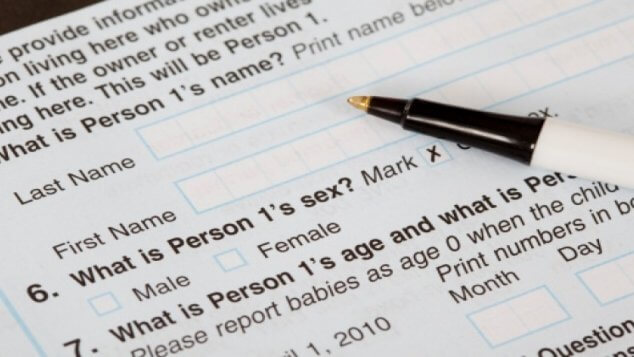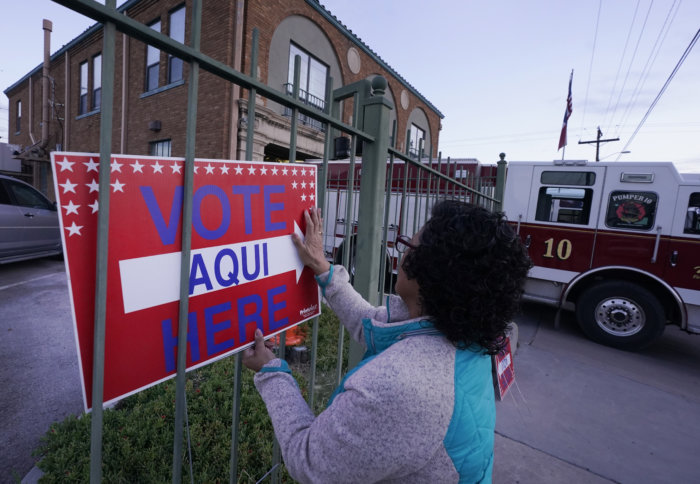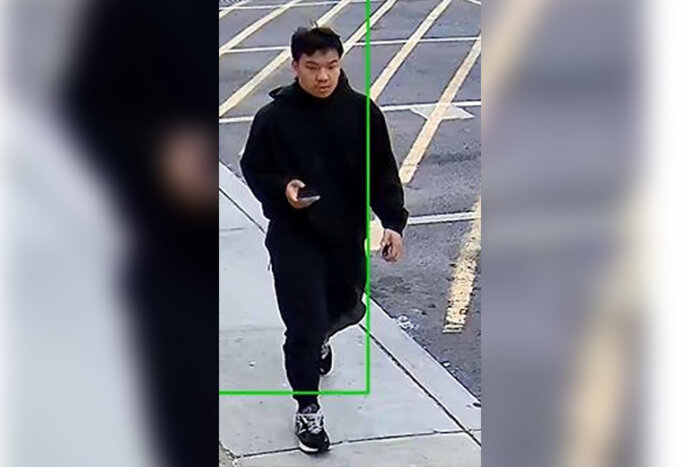On Thursday, the 2020 Census begins.
Folks across the nation will be starting to receive their invitations to participate in the census.
Inquirer.com reports that around 143 million households will receive the mail between March 12 and 20.
The U.S. Constitution requires a population count every ten years. The census is extremely important, because it helps allocate money to local and state governments. It also determines how many seats each state has in the U.S. House and voting district’s boundaries.
The allocations for the federal funding will be used for medical centers, schools, highways, housing assistance, community development and more.
Although it helps allocate resources, the ultimate goal of the census is to count people. It also shows how many people live in each household— and everyone counts, even babies. The questionnaire also asks for some basic information about the makeup of a household. Questions may include: names, dates of birth, sex, race, if the home is owned or rented, and the survey will also ask for a phone number for additional questions.
Inquirer.com reports that the form includes nine questions for the head of household, and seven or less for additional household residents.
Recently there have been some fake census forms circulating, so it is important to note that the census will not ask participants for information such as social security numbers and questions about political affiliations, or opinions on President Donald Trump.
Metro recently spoke with the Better Business Bureau all about scams surrounding the 2020 census.
Another valuable step to make the census more accessible is its presentation in 12 different languages, inviting responses online or over the phone.
It was reported that a resident can call for help with their forms in the following languages: Vietnamese, Korean, Russian, Arabic, Tagalog, Polish, French, Haitian Creole, Portuguese, Mandarin and Cantonese Chinese, Japanese, English, as well as Spanish. Additionally, language resources can be found online.
Paper questionnaires will come in English and Spanish.
Officials are welcoming everyone to answer the questionaries online, but some are concerned about those who may not have access to technology. To help with that concern, libraries through Philly and the nation will host individuals who want to use their resources to fill out the forms.
Inquirer.com reports that Philly is planning on hosting events in which residents can fill out the forms on wireless devices.
Any resident can answer the census by email or by phone.
When it comes to the timeline, here is a breakdown from the census’s website:
- March 12 – 20: Households begin receiving official Census Bureau mail with detailed information on how to respond to the 2020 Census online, by phone or by mail.
- March 30 – April 1: The Census Bureau will count people who are experiencing homelessness over these three days. As part of this process, the Census Bureau counts people in shelters, at soup kitchens and mobile food vans, on the streets, and at non-sheltered, outdoor locations, such as tent encampments.
- April 1: Census Day is observed nationwide. When you respond to the census, you’ll tell the Census Bureau where you live as of April 1, 2020.
- April: Census takers will begin visiting college students who live on campus, people living in senior centers, and others who live among large groups of people. Census takers will also begin following up with households that have not yet responded in areas that include off-campus housing, where residents are not counted in groups.
- May – July: Census takers will begin visiting homes that haven’t responded to the 2020 Census to help make sure everyone is counted.
- December: The Census Bureau will deliver apportionment counts to the President and Congress as required by law.
- March 31: By this date, the Census Bureau will send redistricting counts to states. This information is used to redraw legislative districts based on population changes.































